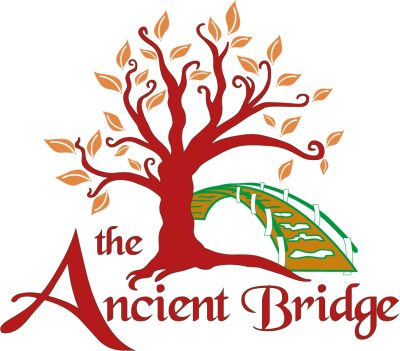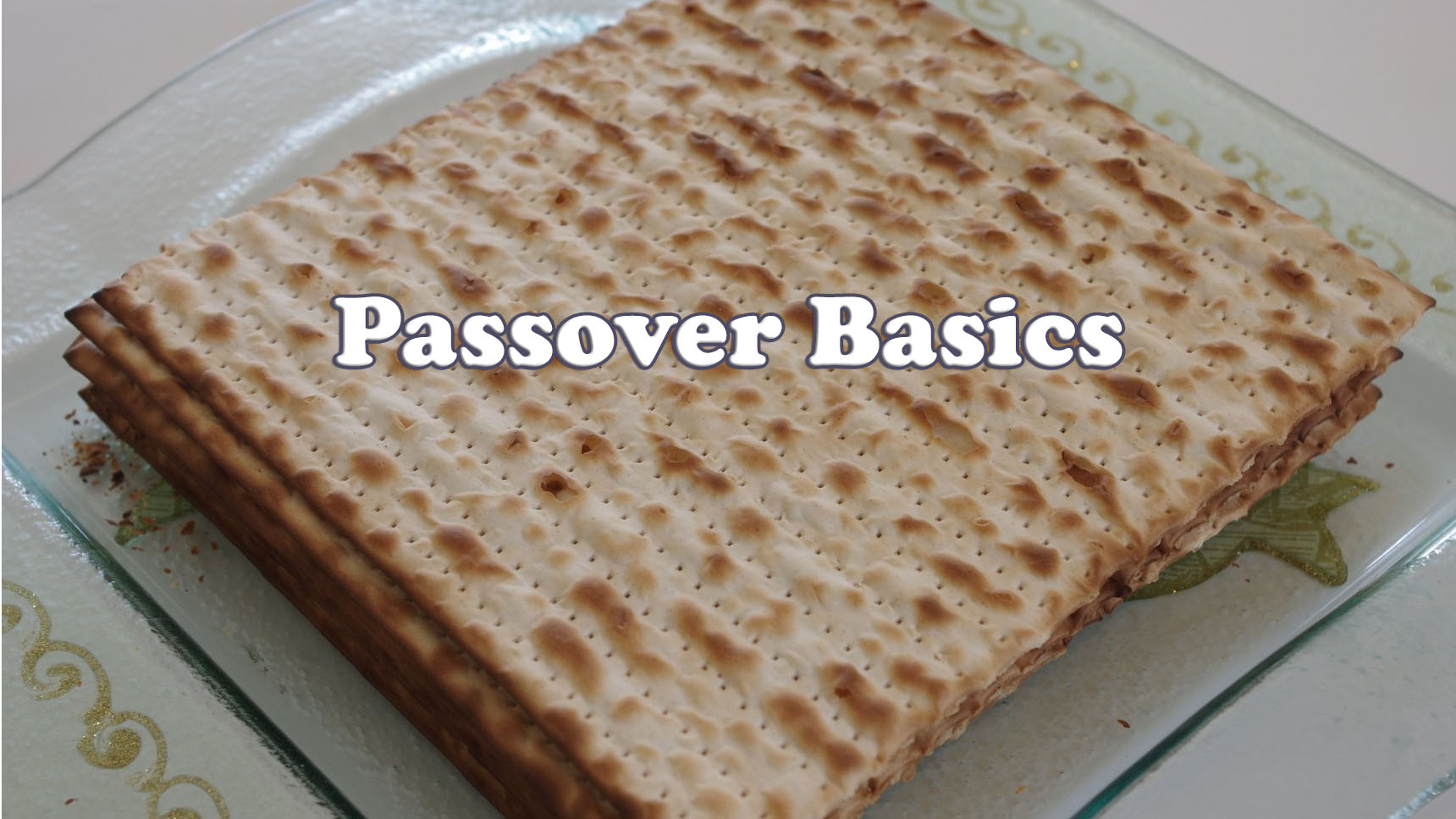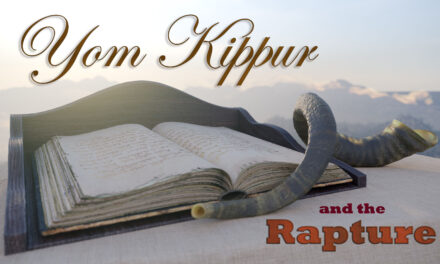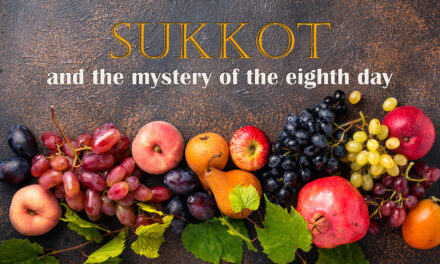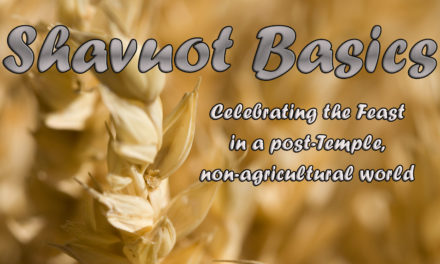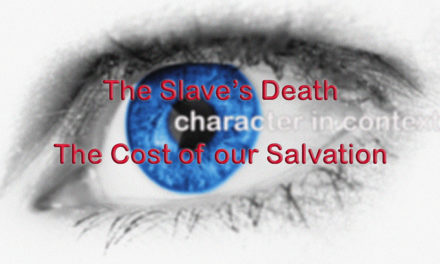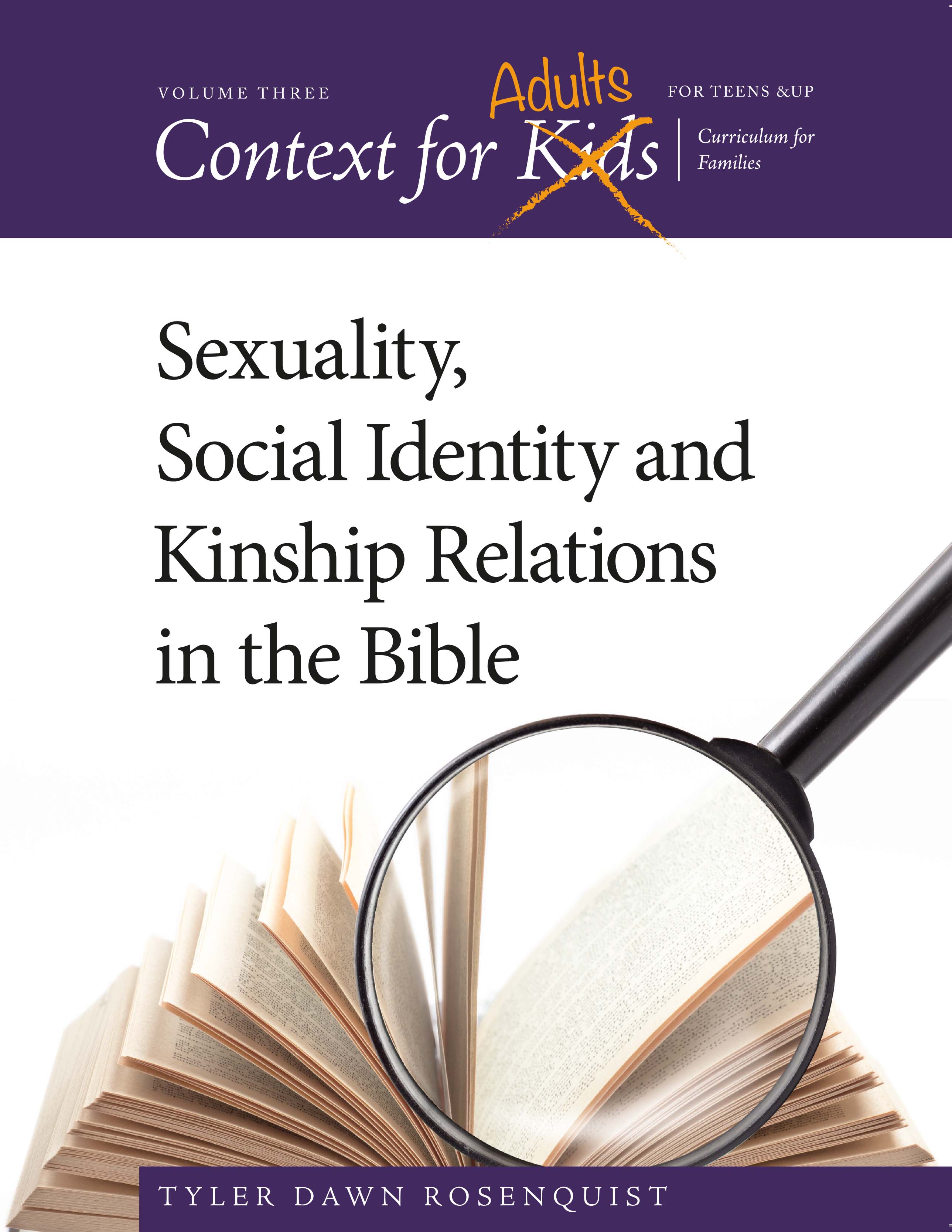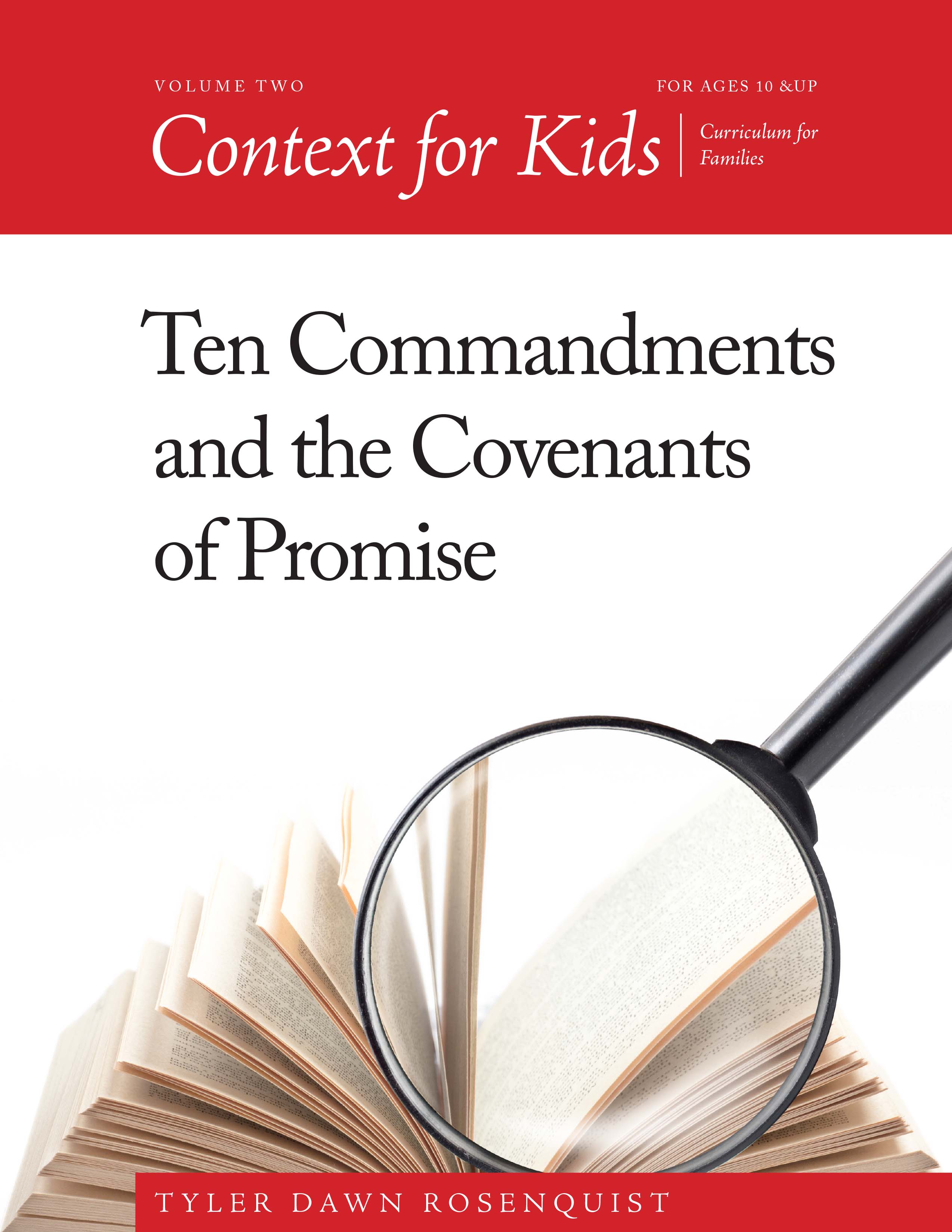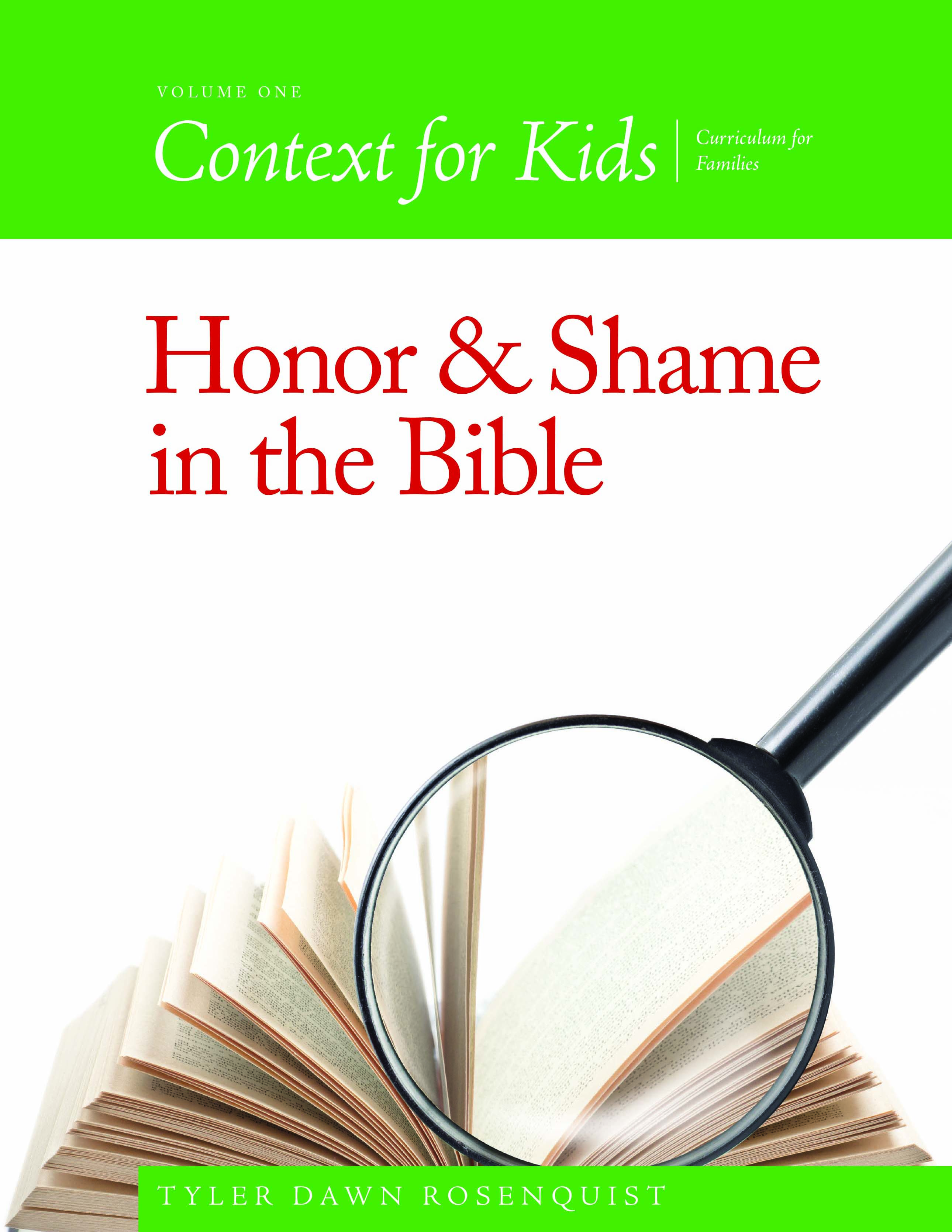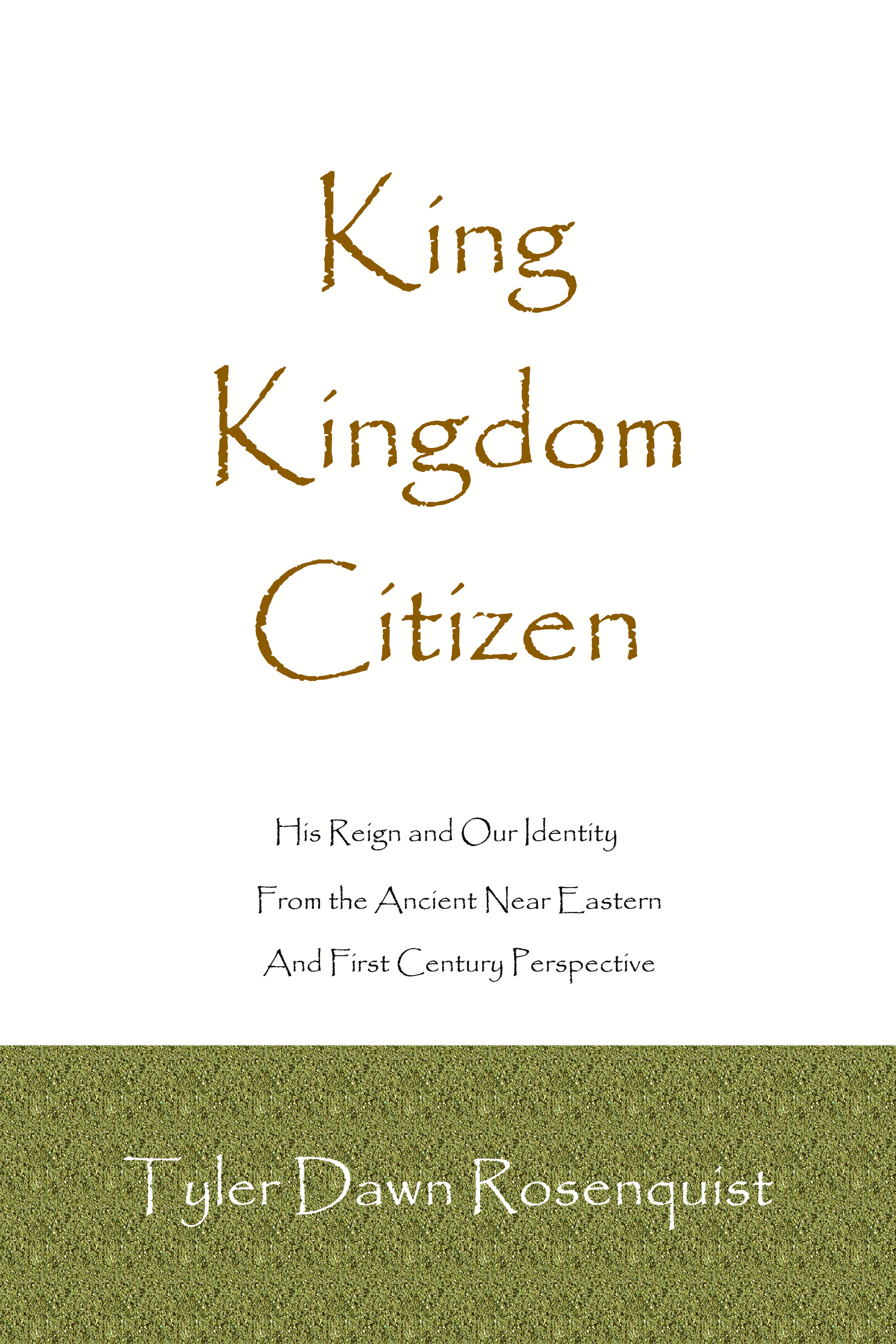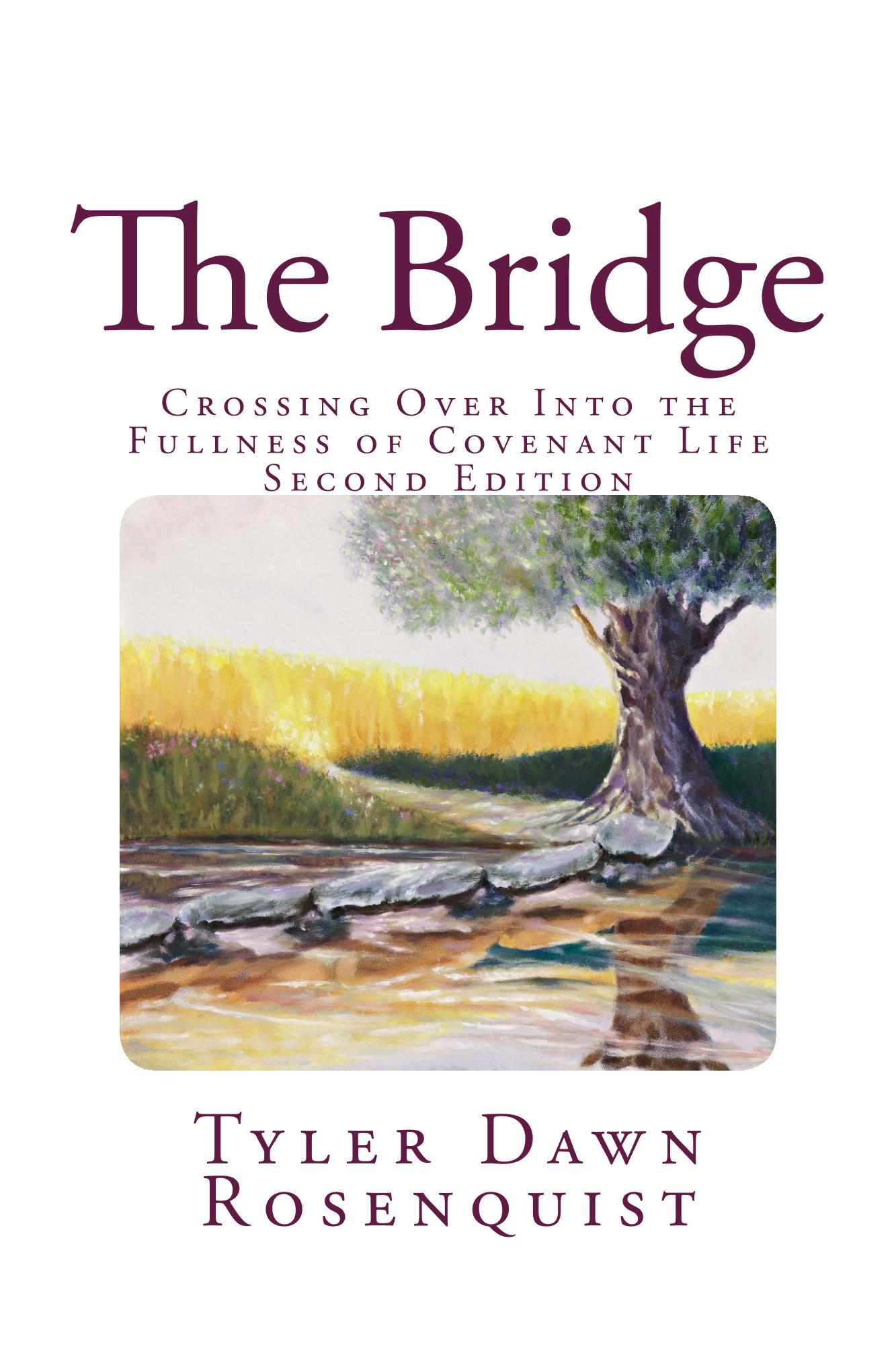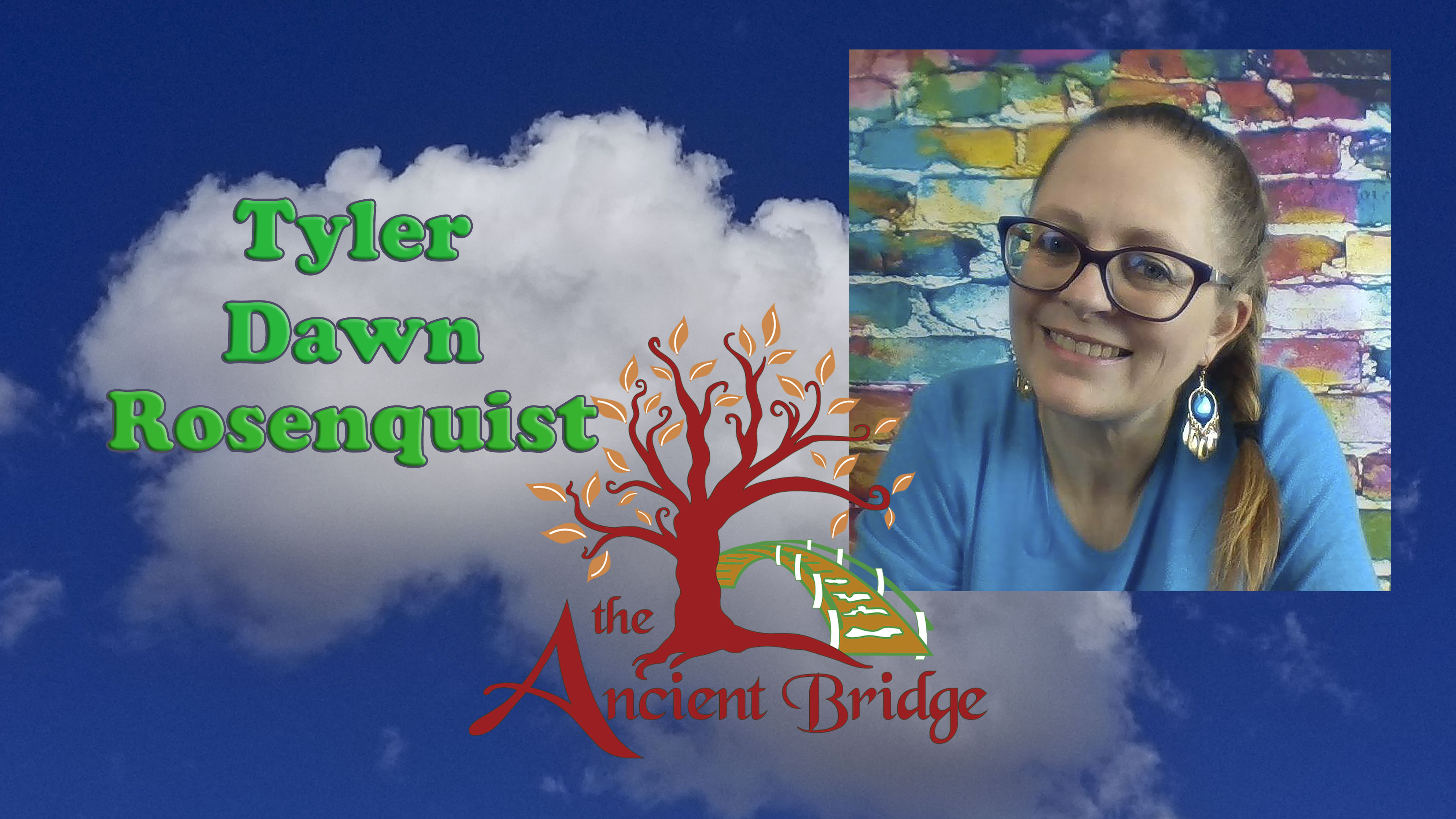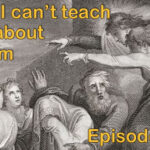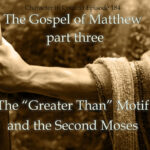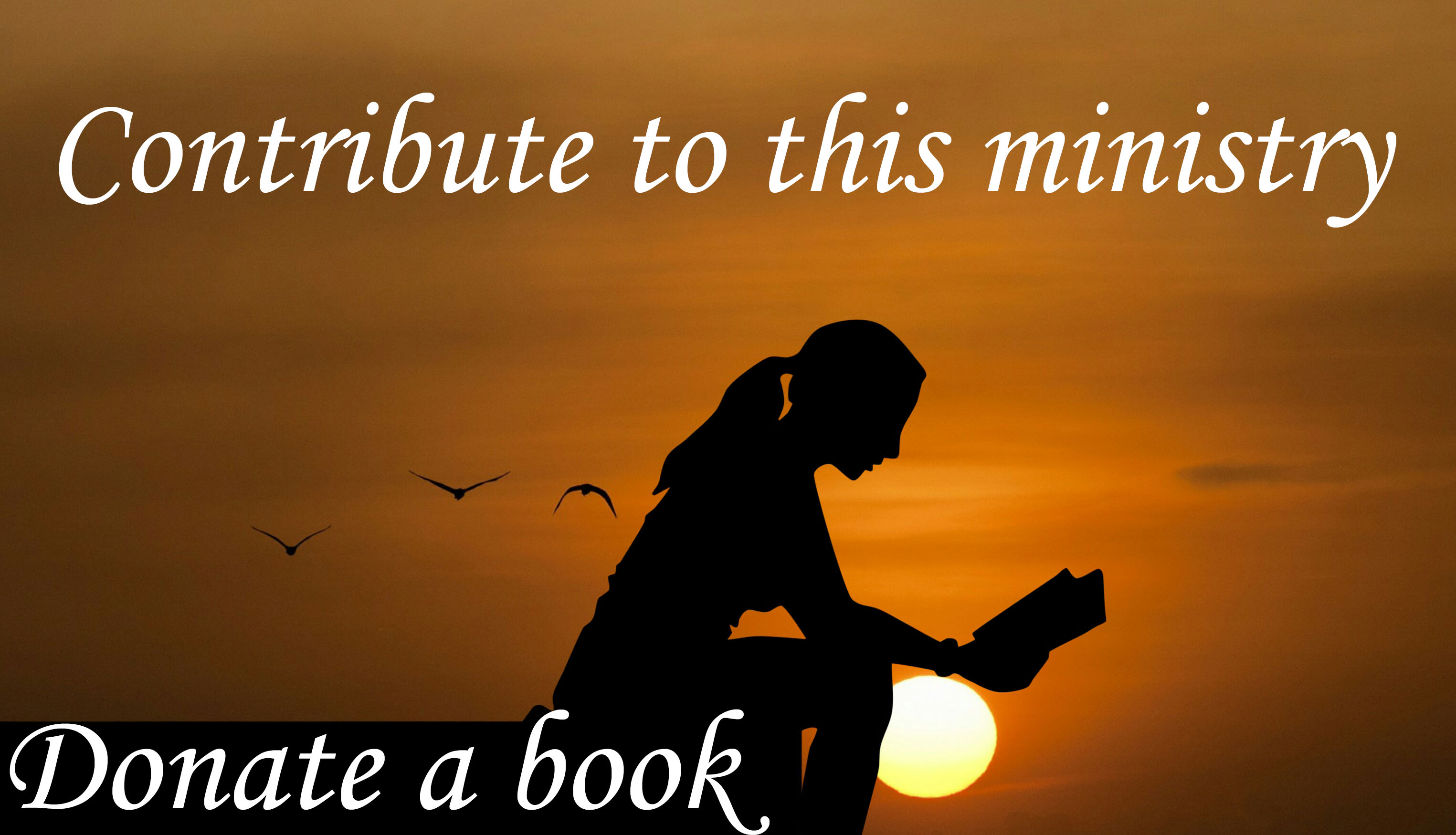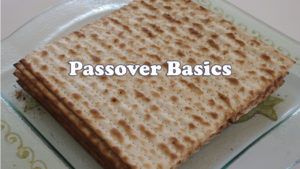 In 2023, the Passover seder (dinner) happens after sundown on Wednesday, April 5. Yes, it’s important to start learning this now if you are new to all this. Otherwise, there will be no time to get the stuff you might want and have a happy time. Failure to prepare for the Feasts ahead of time just makes for a miserable situation where folks feel really depressed during a time that celebrated the two greatest deliverance stories in history–the Exodus out of Egypt and the Second Exodus out of sin and death at the Cross. I have personally noticed that people who do not enjoy the Feasts tend to focus on telling others what they should not be doing, while they themselves have no idea what to do because no one took the time to teach them.
In 2023, the Passover seder (dinner) happens after sundown on Wednesday, April 5. Yes, it’s important to start learning this now if you are new to all this. Otherwise, there will be no time to get the stuff you might want and have a happy time. Failure to prepare for the Feasts ahead of time just makes for a miserable situation where folks feel really depressed during a time that celebrated the two greatest deliverance stories in history–the Exodus out of Egypt and the Second Exodus out of sin and death at the Cross. I have personally noticed that people who do not enjoy the Feasts tend to focus on telling others what they should not be doing, while they themselves have no idea what to do because no one took the time to teach them.
Passover totally rocks! But, it is a culture change and so people who begin to realize its importance would do well to prepare themselves ahead of time so as not to spend a day just incredibly depressed and feeling like a failure. Remember that, if you are doing anything at all, it is probably more than you did last year and so count it as a victory and not as a failure. So, let’s talk about Passover–you might also see or hear it referred to by the Hebrew word Pesach.
Unlike the other Leviticus 23 Feasts of the Lord, commanded to be celebrated by God’s people forever, Passover shows up much earlier and, in fact, the only Feast that is named before Passover is the Sabbath all the way back in Genesis 2! Yes, the Sabbath was instituted as a weekly Feast day–cool eh? But that’s a different subject.
First of all, I am going to recommend a beginner’s Haggadah manual unless you want to go bare-bones basic and then just skip ahead to the last paragraph. The Haggadah is like a program, it is an order of ceremony and a good beginner one will tell you exactly what to do when. There are others that are not so good about telling you what to do, which are used mostly by people who have done this all their lives. Our first year, we went with a full-blown Orthodox Haggadah–which for us was a huge mistake for a number of reasons. Mark had worked all day and the kids had been at school and I had cooked and we just weren’t prepared to be up for hours reading before eating and having nothing spelled out in ways that I would understand and prepare for ahead of time. It’s a cultural thing, to spend that long celebrating and to know what to do, and we just aren’t there yet. We may never be, and I have it on good authority that Jewish children and adults get exhausted too–and they are seasoned veterans.
So, first thing, if you want to do a simple yet traditional seder dinner that incorporates Yeshua/Jesus into the celebration, I want you to get your hands on The Master’s Table. I am in no way affiliated with this ministry, I just know that this resource was a game-changer for my husband and kids. One manual will cost you $5 but if you buy 5 or more it is $2 a copy. So, one copy $5 and 5 copies is $10–cheap enough to give some away if you have no need of them. As everyone in your family needs their own copy, just buy them all at once. Every step of the seder, the traditional Passover dinner, is laid out for you and there are pics to keep the kids more focused. Most importantly, it isn’t going to keep you up until the wee hours singing Dayenu (which is actually my favorite part). It’s an excellent way to get your feet wet and enjoy the holy day. I will have more book recommendations as we go through.
(Hey, since writing this blog, my friend Matthew Vander Els of Founded in Truth Ministries has created a Haggadah walk through! Check it out!)
Now, we have a few weeks to go, but this year, the Passover seder (the meal) falls at the beginning of the regular weekly Sabbath, at sundown on Friday, April 5 (2023). Sometimes it actually happens at the end of the actual Sabbath, and that creates some wrinkles but this year is much easier. If you are a beginner, I don’t want you to sweat it. This isn’t about getting it perfect because, without a Temple, it isn’t an actual Passover anyway (without the Temple) as there are too many commandments associated with the Passover that cannot be kept without breaking other commandments. We are practicing and celebrating and this shows us about the last days of our Savior’s life as well as His mission as the suffering servant. It is incredibly important to understand the Passover, or we will miss so much of what is written in the Gospels.
The first thing I want you to understand is that the Passover, the 14th of the first festival month, itself is not a high holy day. We can work our little butts off, butts that will certainly be larger after we finish celebrating. The festival itself (described briefly in Lev 23:5-8 and Deut 16:1-8) doesn’t start until sundown, corresponding to the original Passover story in Exodus 11-13. In fact, the day we call Passover is better called “the day of the preparation of the Passover.” That is the day where we prepare the meal that will only be eaten after the sun sets, on the High Sabbath (which I will cover in a future blog). In Biblical times, that means the “Passover” wasn’t eaten on the “Passover” at all but on the following “day,” which we call the first day of Unleavened Bread–because Biblical days begin and end not at midnight but at sunset. Think about it, it wasn’t like they had clocks. The most logical time in the world to begin and end the day is when it is no longer practical to work because–no electricity, the day is over, oil to light the home for hours is expensive. They worked hard, and so the transition between today and tomorrow was a wonderful one–and even more so when there was a holy day to be celebrated. And if you have teenagers, you know that it would be ludicrous to start the next day at sunrise, because if they don’t have to work then even the hounds of hell can’t get them out of bed.
One more thing before we begin. There is a lot of confusing talk out there about which calendar is right. Is it the calculated calendar that we often find included on secular calendars, or is it the calendar described in extra-Biblical writings describing how it was done in the past, namely at the first sighting of the crescent moon (as detailed in Tractate Rosh Hashanah)? Well, I don’t want you to worry about that if you are a beginner. My family celebrates according to the calculated calendar, along with Jews worldwide. We used to do otherwise, but it was an atrociously confusing pain and various groups are making their own sightings and it just causes much division where we should instead have unity and joy. I wouldn’t wish that on anyone new to the Feasts. So, if you type “Passover date” into a search engine, you will find that this year, Passover begins after sundown on Wednesday April 5 in 2023, but sometimes it is right at the beginning of the weekly Sabbath. That means the Feast would have to be prepared on Friday to be eaten that night. Are you with me so far?
(FYI: There will be a separate blog post for celebrating the seven day Feast of Unleavened Bread, which begins after sunset with the seder itself and I will link here later)
Your Haggadah (or if you are feeling brave you can search the internet) will tell you what traditionally goes on the seder plate, and some people buy special plates for the Feast but you don’t have to go to that expense if you don’t want to. It isn’t a Biblical commandment, just a tradition. Traditions, as per our Savior, are fine just as long as they aren’t violating or oppressing others, or nullifying other commandments. Here is an excellent book by Hollisa Alewine explaining it. It is very inexpensive and worth your time to cut through some of the misconceptions about which traditions are and are not okay and why we ought not pride ourselves on avoiding tradition as though there is anything wrong with them–after all, Messiah actually is recorded keeping a lot of extra-Biblical traditions, such as blessing the bread before the meal, going to the synagogue, observing the Sabbath day’s journey limitation on travel, etc.
The most important thing on your seder plate is actually not lamb (and in fact, most Jews do not eat lamb on the Passover in order to avoid the appearance of having made an illegal sacrifice away from the Temple), but the unleavened bread. It is a Biblical commandment, for the week of Unleavened Bread, which is 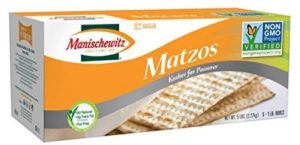 seven days long and begins at sundown on the Passover (April 5, 2023). This is why you see the boxes of Matzah in the stores, that is what it is, unleavened bread. The commandment tells us to eat unleavened bread every single day for seven days, and to have nothing leavened in our homes in order to commemorate the Exodus out of Egypt when they had to carry their bread dough out on their backs and make it in haste as they traveled. Some people make their own unleavened bread, and I used to, but the boxed is fairly cheap and incredibly easy. (Note: two years ago I was asked the question of what to do for children who have sensory processing issues related to texture and can only eat leavened bread and I can tell you that Rabbinical law, though much maligned and usually quite unfairly, is very compassionate and full of grace in this regard. There are always medical exceptions. If that is all your child can eat then feed it to him/her. The rest of the family can eat the Unleavened Bread (called ULB for short)).
seven days long and begins at sundown on the Passover (April 5, 2023). This is why you see the boxes of Matzah in the stores, that is what it is, unleavened bread. The commandment tells us to eat unleavened bread every single day for seven days, and to have nothing leavened in our homes in order to commemorate the Exodus out of Egypt when they had to carry their bread dough out on their backs and make it in haste as they traveled. Some people make their own unleavened bread, and I used to, but the boxed is fairly cheap and incredibly easy. (Note: two years ago I was asked the question of what to do for children who have sensory processing issues related to texture and can only eat leavened bread and I can tell you that Rabbinical law, though much maligned and usually quite unfairly, is very compassionate and full of grace in this regard. There are always medical exceptions. If that is all your child can eat then feed it to him/her. The rest of the family can eat the Unleavened Bread (called ULB for short)).
So, the Passover meal is our first meal without leavened (risen) bread–so the traditional challah loaf on the seder plate, as wonderful as it tastes, is out. We spend a week eating glorified cardboard (or you can make or buy a gluten-free variety), but it is a wonderful Bible lesson for the kids. If they whine about it, you can ask them if they also want fish, leeks, and garlic as well and remind them about what happened to the complaining Israelites in the wilderness.
The original Passover called for a sacrificed lamb and bitter herbs, eaten in haste because they were slaves–but the yearly memorial seder celebrates liberation from bondage and is a leisurely meal like a king would eat! The modern seder itself, surprisingly, is a ceremony recounting the Exodus and, during most of it, very little food is served (until the intermission where the main meal is eaten)–usually an egg, a roasted lamb shank bone (which I always forget to obtain beforehand and you actually do not eat), a green vegetable like celery or parsley, charoset, and bitter herbs like horseradish or romaine lettuce, and of course wine or grape juice. Personally, I do grape juice because wine and I don’t mix well, half a glass and I am out for the night. Let’s just say my first seder was an ugly experience and leave it at that.
The seder is an extended ceremony celebrating God’s deliverance, and in the middle of it, a formal meal is eaten. It is the most complicated Feast day for beginners, by far, if you want to celebrate it traditionally, but if not, and you are feeling overwhelmed, you can sit down to a nice meal with lamb (or other meat), a romaine salad, some unleavened bread, and read the Exodus account as a family. It really can be just that simple. For believers in Yeshua/Jesus as Messiah, I would include one of the Gospel accounts of the Last Supper. The point is, that God’s deliverance is worthy of celebration–both during the times of Moses and Yeshua/Jesus our Passover. God took a bunch of slaves and freed them to be His people, as we see in the Exodus, and the Gospels tell that same story again of a world enslaved to sin and death, whom God saved through the Messiah of Israel in the Second Greater Exodus. This is why we were told to remember and celebrate forever, because we owe it to God to recount His mighty acts.
**************
I have two more book recommendations–my friend David Wilber wrote this primer on the Feasts for Christians and Phillip Goodman wrote Jewish Anthologies of all the Feasts. I like these because they focus on what we know and don’t incorporate any of the urban legends you often find about Easter in so many books.
